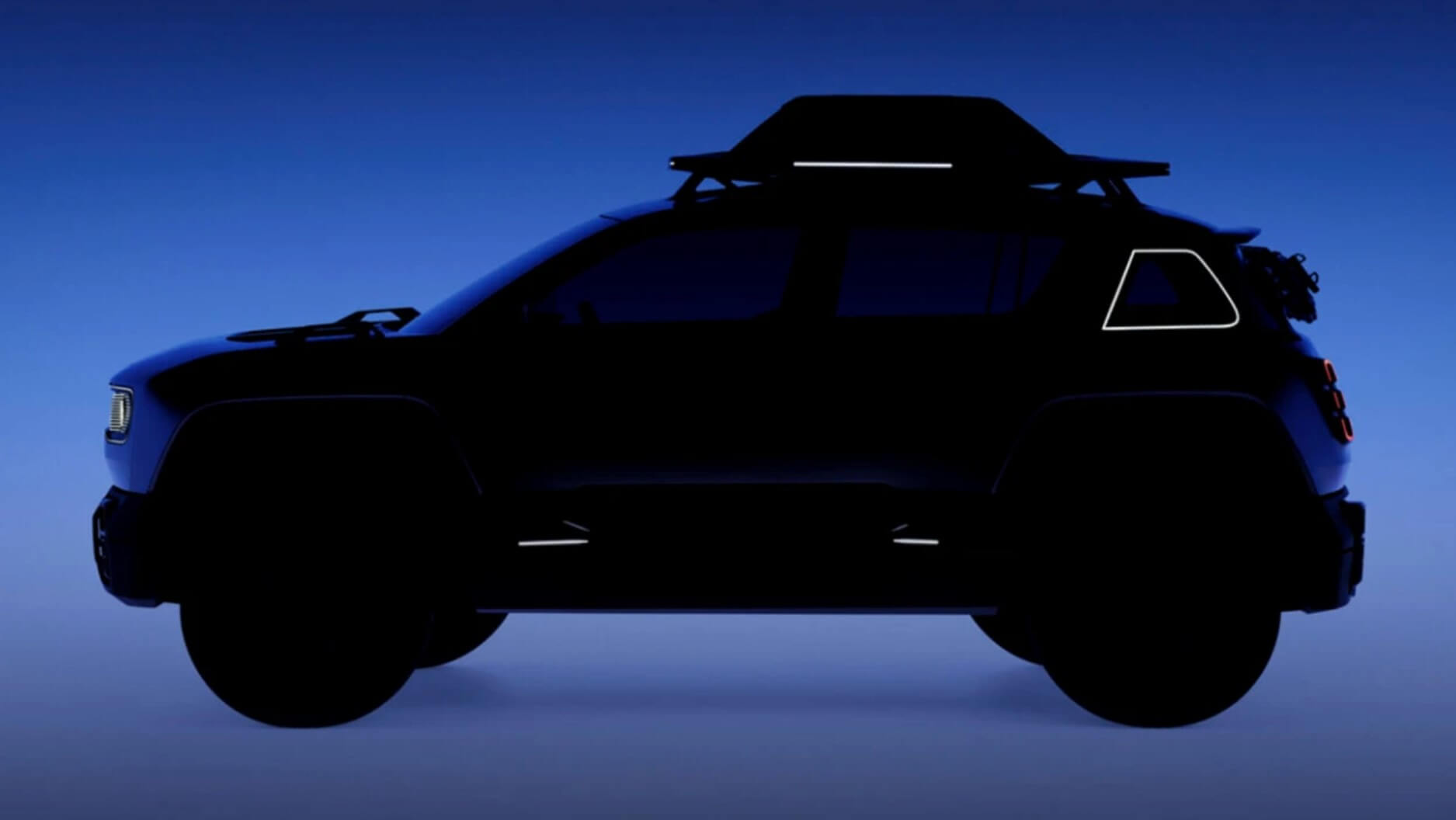Ampere will produce one million EVs for Renault in 2031; public listing is expected in late 2023.
The Renault Group has hived off its electric vehicle and software activities into a dedicated new business, called Ampere, as part of the third stage of its ‘Renaulution’ transformation.
The announcement comes as part of a wide-reaching update to boss Luca de Meo’s reinvention plans, which see the company shift focus to becoming what it calls “a next-gen automotive company”.
Hiving off Ampere as its own entity, the Renault Group says it is creating “the first EV and software pure player born from an OEM disruption”. The company plans to float Ampere on the Paris stock exchange from the second half of 2023, keeping a ‘strong’ majority of shares to itself.
Ampere is described as a manufacturer in its own right, and will sit alongside Renault, Alpine, Dacia and mobility brand Mobilize in the newly expanded Renault Group portfolio.
It will employ around 10,000 staff – some 3500 of whom engineers, and half of them software specialists – and will “bring the best of both worlds: know-how and assets from Renault Group with the focus and agility of an EV pure player”. Its conception and positioning is not dissimilar to that of Polestar, which was carved out as a dedicated brand from Volvo in 2017, and listed on the Nasdaq earlier this year.
By 2030, Ampere will have a line-up of six pure-electric passenger cars on sale, covering a claimed 80 per cent of the EV mainstream profit pool. Four of these have already been revealed or closely previewed: the Renault 5 Electric, Renault 4 Electric, Renault Mégane E-Tech Electric and Renault Scenic Electric. Renault says “a large portion of the investments of the first four vehicles” has already been spent.
Two more are still to come, though the company has yet to clarify which segments these will occupy. Ultimately, Ampere aims to produce around one million EVs for the Renault brand in 2031.
Renault highlights three ‘tech backbones’ that make Ampere unique in the market. First is the company’s new ElectriCity production hub in northern France, which will produce a car in less than 10 hours from 2025 and has 80% of its suppliers within 200 miles.
The second string to Ampere’s bow is a European network of partner firms that will bolster the sustainability of its production processes and enhance control over costs. The firm says it will use this network to acquire the 80GWh of battery capacity necessary for the EVs it will produce by 2030.
Third is a focus on ‘software-defined vehicle’ (SDV) technology, which Renault sees as the future of the industry as a whole. The aim is to produce cars that are upgradable throughout their life cycles, can learn from their users and maintain strong ties with their maker – thereby bringing new revenue streams.
Ampere will launch the first Renault Group ‘SDV’ in 2026, which it will develop in partnership with software partner Qualcomm Technologies (which intends to invest in Ampere upon its IPO) and platform and cloud provider Google. Partnering with established technology giants will reduce costs, speed up development times, enhance flexibility and “increase value for end-users”, says Renault.
It also means Ampere will have minimal impact on the finances of the wider Renault Group. From launch, Ampere will have a “limited cash burn” and will be cash-positive from 2025. Beyond Renault itself and Qualcomm, potential investors in the new outfit have not been hinted at, though Renault says a joint investment with its Alliance partners Mitsubishi and Nissan is under consideration.
While Ampere handles the ramp-up of pure-electric projects, the newly formed ‘Horse Project’ division – a 50:50 joint venture with Chinese manufacturer Geely – will take control of combustion and hybrid powertrain development, particularly significant for Dacia, which will continue to explore opportunities in this sphere until EV technology is accessible enough that it can maintain its value pricing structures.
Like Ampere, Horse is a stand-alone entity, but is not a vehicle manufacturer in its own right – rather, it will design, produce and sell powertrains for use both by Renault Group and external brands. Renault projects an initial annual turnover of £13 billion and an output of five million units to its eight existing customers, including Nissan and Volvo (whose own combustion-engine business, Aurobay, has already been acquired by Geely).
The Horse Project supplies 130 countries from 17 plants worldwide, has five global R&D centres (three in Europe) and employs a total of 19,000 staff.
The Horse Project is important because the Renault Group still estimates a global growth rate of 2 per cent until 2030 in the ICE and hybrid segments, highlighting sales upticks in Latin America, India, South Korea and North Africa particularly.
The latest announcements from the Renault Group have not shed any light on the company’s changing relationship with Alliance partner Nissan. Talks with the Japanese firm are said to be ongoing concerning technology property rights – most notably any internal combustion technology Nissan owns, which it is seeking to protect as Geely takes a 50 per cent stake in Renault’s new Horse Project combustion business.
Renault says it is talking to both Nissan and Mitsubishi to establish a set of ‘strategic common initiatives’, evaluate potential investment from Nissan and Mitsubishi into Ampere and improve the structure of the Alliance, which has suffered from a fractious relationship since ex-CEO Carlos Ghosn was ousted and later arrested in 2018.
Felix Page







